Comparisons
SOtM sPS-500
First, the sPS-500 goes up to 19 volts, which may suit a larger array of equipment (like the Gigabyte BRIX and other servers). They’re similar in size, but the SR4 is much heavier – must be that toroidal transformer. Both of these supplies are tonally similar (a good thing), very clear, musical, and smooth sounding. As far as sound, the SR4 is immediately more dimensional, more textured, more nuanced, with a tighter low-end. The sound just reaches further into the room with more shape and presence.
However, most will grab the SOtM sPS-500 for its power output (it has more continuous power) and flexibility, especially in powering multiple devices or larger devices. I currently have one powering both my modem and router. A extremely versatile and great sounding power supply I’ll be keeping around.
UpTone Audio UltraCap LPS-1
Unfortunately, I couldn’t get the new and improved LPS-1.2 in for this review. The LPS-1 is the much smaller (and much sexier) power supply. Its input is also DC from a MeanWell SMPS. I didn’t try using a better power cord on the MeanWell, so this could’ve tipped the scale in some categories.
The LPS-1 is on the brighter side of neutral but is very resolving, transparent, and very quiet. However, like the SOtM sPS-500, the LPS-1 can’t compete on depth when compared to the SR4. The SR4 has a calmer presentation, more dynamic solidity (especially on the low-end), and just images tighter. The SR4 also has more contoured and fuller outlines, acoustic cues, and soundscape localizations. The LPS-1 is slightly diffused but airy and spacious sounding. In some ways, the LPS-1 even dug up more low-level details over the SR4 – albeit with a more “energetic” sound.
Paul Hynes SR7
The aim of the SR4 is to get affordable performance from a smaller package. Let’s see how close it got.
Most of my SR4 vs SR7 testing was done with the SOtM sCLK-OCX10 and SOtM tX-USBultra. This particular SR7MR2XL (dual 12V rails) has internal annealed silver leads.
The SR7 is a custom manufactured mains transformer with up to 500VA rating depending on the overall rail requirements. The custom manufactured mains transformers use oversized grain orientated silicon steel cores and are wound to avoid core saturation in use and to operate quietly both electrically and mechanically. Schottky Barrier rectifiers are used throughout the range, as they do not generate reverse recovery transients and their associated harmonic distortions.
I use Panasonic FC and FM capacitors. Typically for a 12v rail the 3A module will use 6,600 uf and the 6A and 10A modules would have additional capacitance to keep ripple voltage on the raw supply at reasonable levels at full load and also to ensure plenty of reserve regarding ripple current rating.
The 3 wire weave is to provide a distributed capacitance along the lead which helps to counter inductance and maintain a low impedance at high frequencies. The third wire is connected to the power supply chassis only to help dump and RFI pickup into the chassis ground.
Although the SR4 conquered those before him – he’ll still have to bow down to big daddy SR7. He is a mere prince in the presence of a king. I would say the SR4 has 80% of the genetic makeup of the SR7, but the SR7 is still an appreciable step up in performance – worthy of every penny IMO.
The SR7:
- is even smoother and has a larger sonic image. The SR4 sound every so slightly rougher and smaller in comparison.
- has truer timbre paired with higher resolution. Tough to get both without making it sound analytical.
- sounds more musical in gradients and transients, you hear more of how the music glides and the weight involved in carrying the sound.
- is more solid and less diffused vs the SR4. Can’t really tell unless you A/B, but it’s noticeable.
- has more accurate tonal density. There’s a physical weight to the sound which brings it much much closer to something with more lifelike continuity.
- is more dynamic and authoritative, especially in the bass region.
- relays more texture and speed.
- has a more accurate midrange – vocals are oh so beautiful.
In comparison to the SR4, the SR7 is more solid and refined across the board. Objective listening converts to an enjoyable session every time with this power supply. Natural sounding soundscape with a velvety smoothness I’ve never encountered from my system. There’s no sense of digital grain or harshness and it has the lowest noise floor of the bunch. There’s something very special about the precision and articulation of the SR7.
I know I gave the title to the SR4, but the truth is, the Paul Hynes SR7 is unequivocally the best power supply an audiophile could buy today.
Why does the SR7 sound better than the SR4, even when they have similar parts? According to Paul, this is due to layout and a few other things he’s (understandably) keeping secret.
Where can I get an SR7? Unfortunately, you’ll have a patience of a thousand saints. Unlike the SR4, SR7s are custom builds that require a deposit and take over eight months to deliver – and custom orders are currently halted. This comparison wasn’t without reason, however. Paul Hynes is currently working with a contract manufacturing company (CMC) in the UK to remove this bottleneck. This should enable larger batches of SR4s and also put SR7s back in production.
Cross your fingers and pray to the audiophile Gods. Either that, or we’ll just have to clone Paul Hynes.

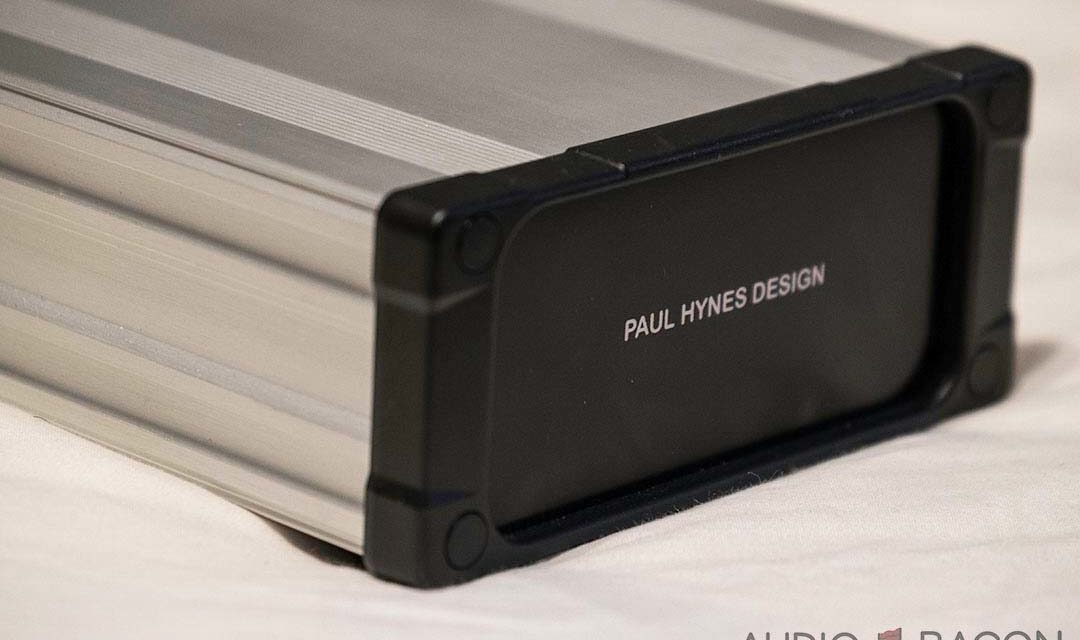

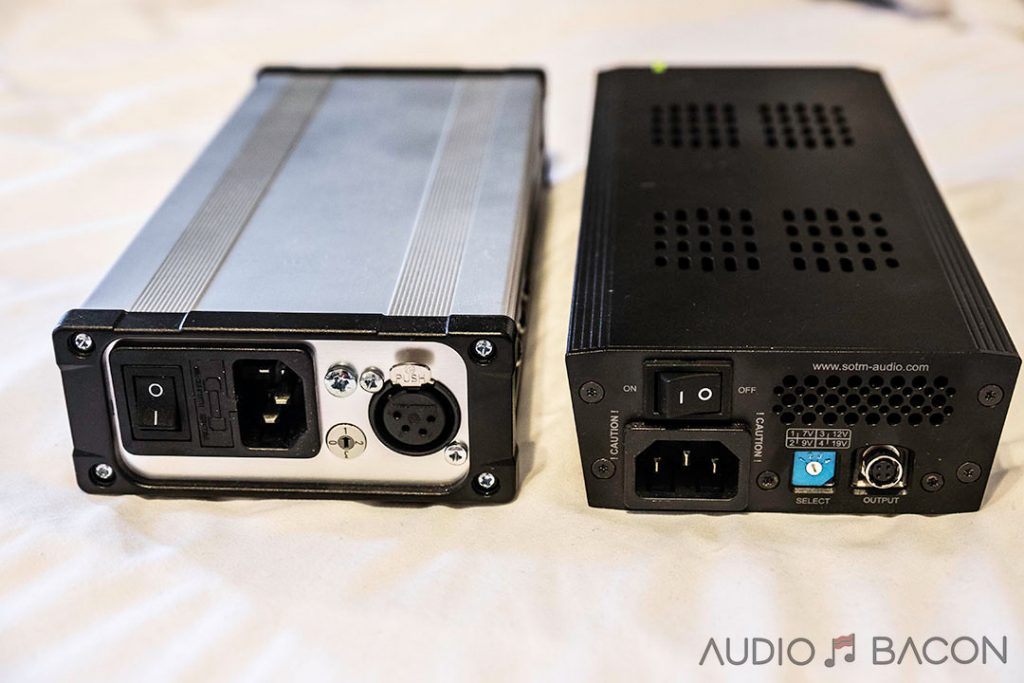

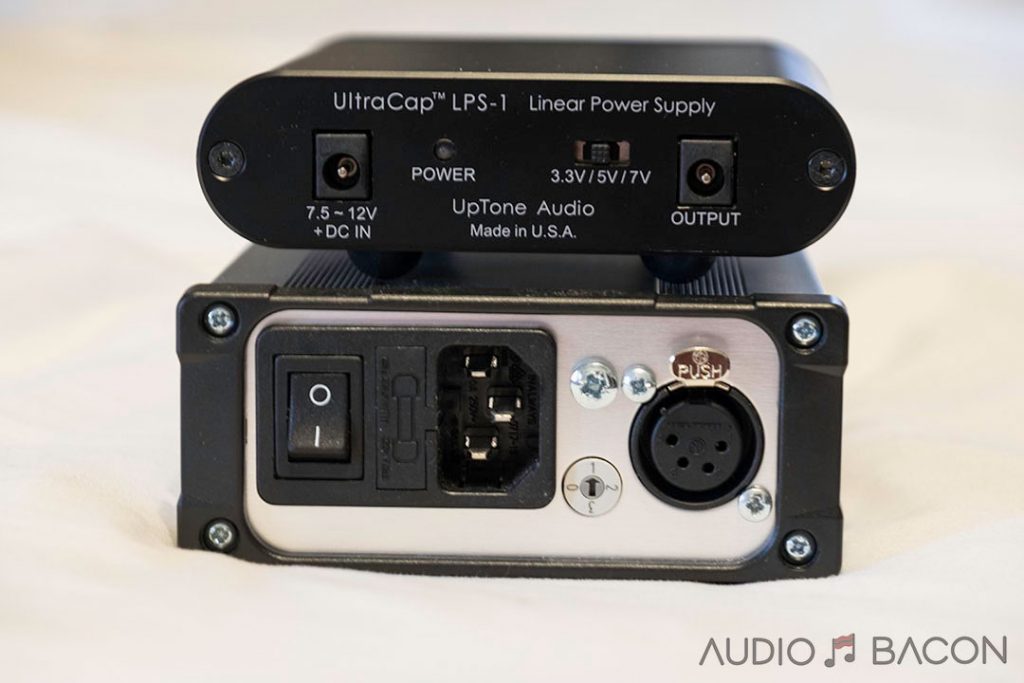
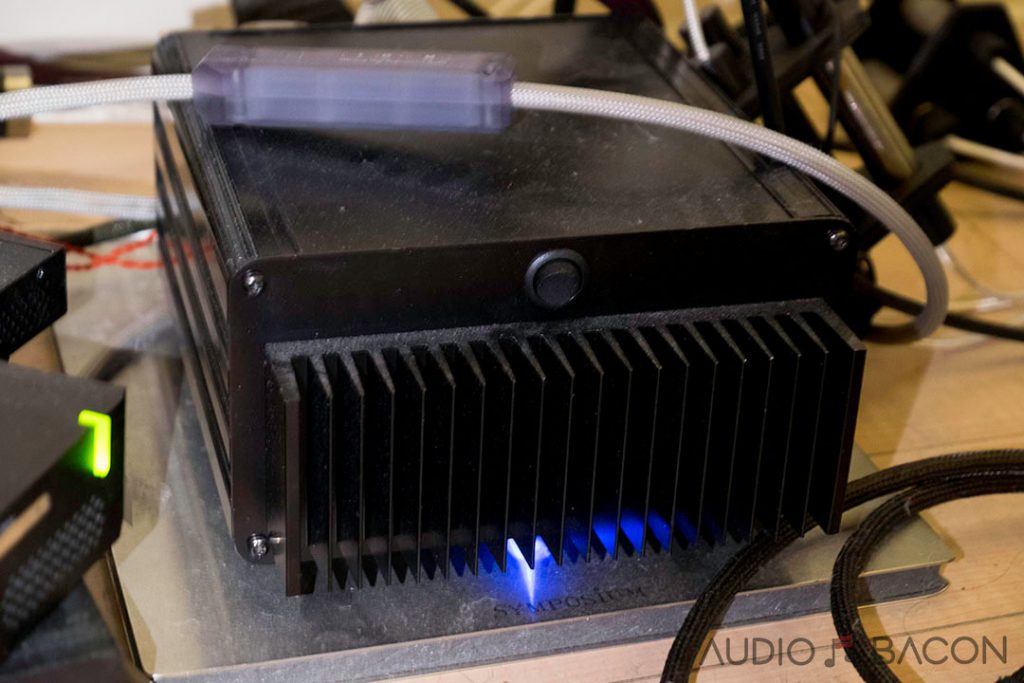



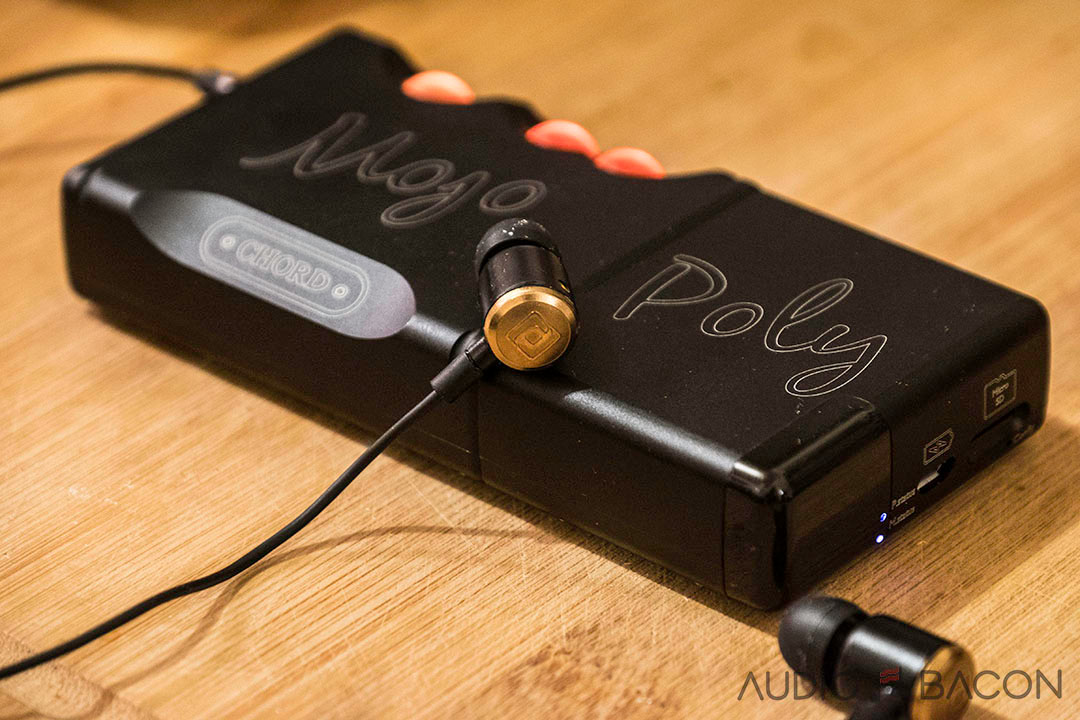


In my experience, my SR7 is indeed the finest PSU I have thus far experienced. I have auditioned, owned and still own other supplies from Teddy Pardo, Paul Pang, Kenneth Lau, SBooster, HDPlex, Teradak, Uptone Audio (JS2, LPS-1, LPS-1.2), and SOtM (sPS-500) and they are all fairly decent with the LPS-1.2 being a standout among this group for components that don’t draw more than 1A, however, in my opinion, the mighty SR7 is without peer. Good call on this one, Jay!
It is a very good review.
Nevertheless it suffers greatly from the absence of the biggest competitor, the Uptone Audio LPS1.2.
There are reports that the SR4 and the LPS1.2 are nearly on par.
I would suggest to compare both in a post sriptum to make this review complete.
Thanks
Matt, I own both PSUs, and use the LPS-1.2 to power the ISO Regen and the SR4 to power to tx-USBultra. For powering the ISO Regen, SR4 and LPS-1.2 are more or less on par (the SR4 sounding a bit brighter). For powering the tx-USBultra, SR4 sounds slightly better than LPS-1.2, imo. Both are great PSUs, worth their price. While I could live with the stock PSU of ISO Regen, the stock PSU of the tx-USBultra sounds terrible and is worth being replaced.
@Jay: Great review, thanks!!
Matt: The absence of both Uptone Audio LPS 1.2 *and* Vinnie Rossi MINI ultracapacitor power supplies.
From my understanding, the VR MINI has been discontinued since a year ago. I’ll get an LPS-1.2 in.
Hi Jay:
Alex from UpTone here. I think the world of Paul Hynes, I am happy to see that he is at last getting more production going of the terrific SR4, and I would not want to detract from your nice review of it.
That said, your readers are correct that the most contemporary comparison would be with our newer generation UltraCap LPS-1.2–now based on paralleled ultra-ultra-low-noise and ultra low output impedance LT3045 regulators, and now offering 5,7,9,12 volt user-selectable output setting.
I just saw your e-mail and we will get a unit down to you this coming week. We’ll likely swap it for one of the four(!) original LPS-1 units that you previously purchased from us.
Thanks and regards,
Alex Crespi
Hi Jay,
the right headline would have been
PAUL HYNES SR7 – THE WORLD’s BEST AUDIOPHILE POWER SUPPLY
Matt
according to this measure,
https://audiosciencereview.com/forum/index.php?threads/uptone-lps-1-linear-power-supply-review-and-measurements.1849/
the Uptone lps1 does not eliminate AC mains leakage. Since there is not measures in uptone page, I guess lps1.2 suffers from the same issue.
Actually, both the UltraCap LPS-1 and LPS-1.2 completely block the path of normal low-impedance AC mains leakage. Always have.
But we later discovered (and yes Amir measured) that because the original Mean Well SMPS we were supplying with the LPS-1 did not connect AC ground to DC -ve output (“ground”), some high-impedance leakage could get through (because of a few dozen pF total capacitance of the transistors we use to alternate ultracapacitor banks instead of noisy mechanical relays).
We discussed all this and published measurements about it here:
https://www.computeraudiophile.com/forums/topic/37034-smps-and-grounding/?do=findComment&comment=734822
The solution is extremely simple: Just ground-shunt the “energizing”/charging supply to prevent high-impedance leakage from ever entering our DC>DC UltraCap unit. Many have done this as an easy DIY. And the LT3045-based LPS-1.2 comes with a new UpTone-branded 36W SMPS which is designed with an internal ground-shunt. So no AC leakage of any kind comes from the output. We also offer this new charger separately for $15 for those original LPS-1 owners who would like to address this minor issue but don’t want to run an external ground wire:
https://uptoneaudio.com/products/uptone-branded-7-5v-4-8a-36w-smps-with-internal-ground-shunt
My sincere apologies to Paul Hynes for this off-topic post. But I feel it is important to correct mis-information.
Thanks,
Alex at UpTone Audio LLC
Says who? You really believe you can make that claim by comparing Hynes PS with two other mediocre supplies? You seem to be just another dishonest and clueless audio reviewer. Get real.
Yeah – I do. Stop being a hater. It’s not good for your health.
Hello
How sound the DC cable ZenWave 6N copper vs the Paul HYNES fine silver ?
I prefer copper. If you prioritize transparency and detail – go silver. Paul Hyne’s silver is probably the smoothest I’ve ever heard. If you listen to mostly vocals or music that benefits from a more warm, golden sound – go Zenwave 7N copper.
The SOtM is far more revealing. But the TLS is warmer and is more tonally satisfying. I typically would opt for the warmer sound but the SOtM is able to unravel so much of the music, especially in regards to transient reproduction – it’s hard to pass up. For lack of a better word, the SOtM (with clock, evo caps, and 7N upgrade) just sounds more real.
thanks 🙂
Thanks Jay for all the great reviews….your input has enhanced my system greatly….I have been playing with TLS switch with Paul Hynes SR-4 LPS, trying to find a power cord that worked well in my rig. I took your suggestion with the Vovox Textura pc for my REL subwoofers however in my rig, with the SR-4 / TLS combo just didn’t work well (I am running it off my PowerCell 12 SE ). I tried a bunch of different SR power cables, an Audience and even an older VooDoo I had on hand and non played well. I happened to have an older and very cheap AudioQuest NRG-2 on hand….this was from an era where these were not well thought of and wouldn’t you know it! It is awesome in this spot…all the detail and dynamics with wonderful tone and lots of body and weight….incredible! Another audio “what the Hell”! Worth a try if you can pick one up!
I’ll have to hear it!
Unbelievable,another lazy review,lets use a car analogy what would you think of a review of a car with no pictures of the inside thats right DUMB! Sorry to be so rude but it really infuriates me ,what are you actually listening too the case or whats inside! beggars belief,takes a couple of minutes to take a photo and a potenial customer needs to know how its constructed especially with smaller companies am not saying that applies here but unfortunately we will never know, havin worked on a lot of audiofile equipment i have seen some shocking sights inside some power supplies untidy wiring to poor soldering etc please bear this in mind when you next do a review
Do you think the quality of the power chord to the PH LPS makes much difference or are they so resolute they make little/no change?
I’m not sure about the newer SR4s, but this one is impacted by the power cord.
Has there been any follow up to this review? I’m reading good things about the Sbooster 5v which is £330 so slightly cheaper than the SR4S-05, actually you can get them for about £300 if you search.
Hi there, Jannis here (mastering engineer). I have the SR5 (one of the last ones Paul built) with every module you could get (Turbo, DC, best silver cable and black chassis). I even modified it with Kimber select cable. Thinking about selling it (because the converter that I bought it for is not used anymore). Since it is not being build no more I thought I’d share it here.
Hit me up if you’re interested. I am in Berlin, Germany. mail@mahlgradmastering@gmail.com
Cheers Jannis
Hello
We can build PH linear PSU.
Please contact